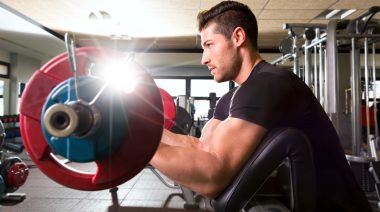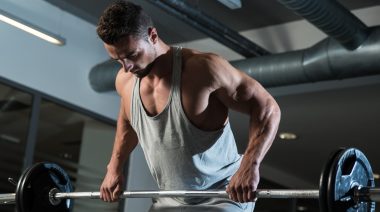When it comes to developing an upper body that looks great and performs even better, the best coaches in powerlifting, strongman/strongwoman, weightlifting, bodybuilding, and sports performance all agree on one thing: a strong upper back is a must-have.
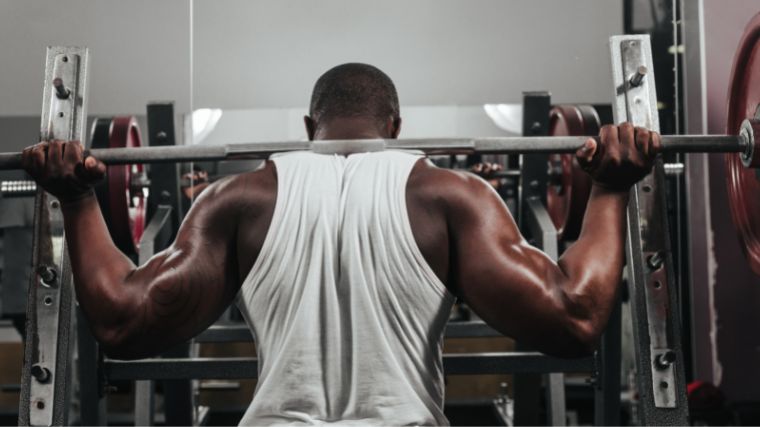
While it may not be as impressive-looking as strapping plates around your waist and doing pull-ups until the cows come home, the simple face pull is a staple exercise for building a set of strong, robust, and muscular shoulders while targeting the multiple muscles that makeup your entire upper back.
While most rowing movements target larger back muscles like the lats and most shoulder exercises involve pressing which may aggravate joint issues, the face pull gives attention where it’s most needed. Here’s how to get the very best out of this reliable movement.
Face Pull
- How to Do the Face Pull
- Face Pull Mistakes to Avoid
- How to Progress the Face Pull
- Benefits of the Face Pull
- Muscles Worked by the Face Pull
- How to Program the Face Pull
- Face Pull Variations
- Frequently Asked Questions
How to Do the Face Pull
The face pull is a type of rowing exercise, performed standing in front of an adjustable cable pulley. A successful and efficient face pull shares the workload between your traps and shoulders, while minimizing assistance from your biceps. To pull this off, you need to nail the grip, arm position, and cable path.
Step 1 — Proper Height with Proper Grip
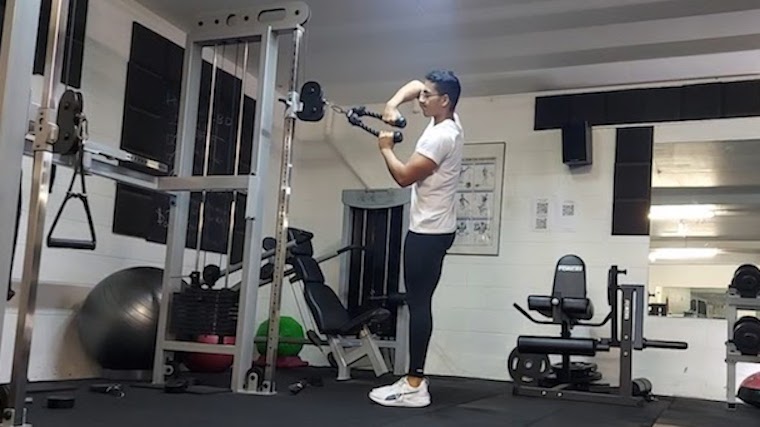
Set a cable pulley at eye-level and attach a rope handle. Getting the proper cable height is critical to engage the target muscles. Grab the rope handle with your palms down, your palms facing back toward you, and your knuckles facing each other.
Form Tip: If the pulley is set too high or too low, you’ll change the focus of the exercise away with different muscle recruitment. This can sometimes be done deliberately, to intentionally recruit a variety of muscles, but the basic and most efficient setting is roughly in-line with your eyes.
Step 2 — Stretch to Start
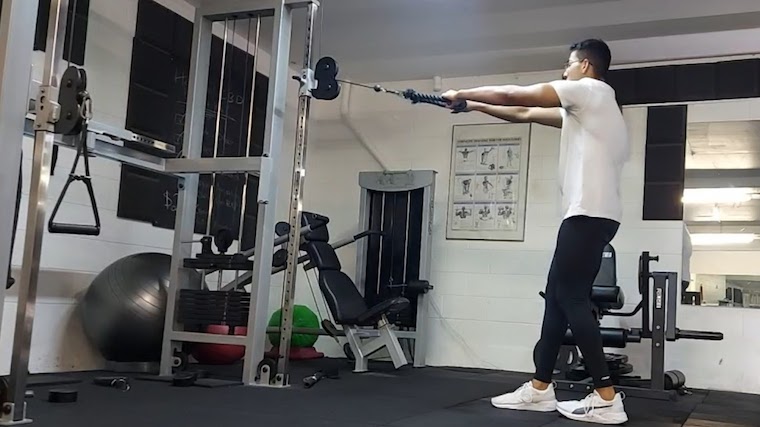
Step back from the pulley far enough to allow your arms to fully straighten. The slack should be taken out of the cable without the weights lifting from the stack. Start with your shoulders protracted (rounded forward). This will put your traps and rhomboids (upper back muscles) into a stretch, which helps to build mobility and strength. (1)
Form Tip: If you feel yourself being pulled forward and you’re too unstable, you can use a staggered or split stance with one foot in front of the other, or put one foot up on a sturdy support like the edge of a bench. This will let you focus your energy on the pulling motion rather than fighting to stay upright.
Step 3 — Pull to Your Face
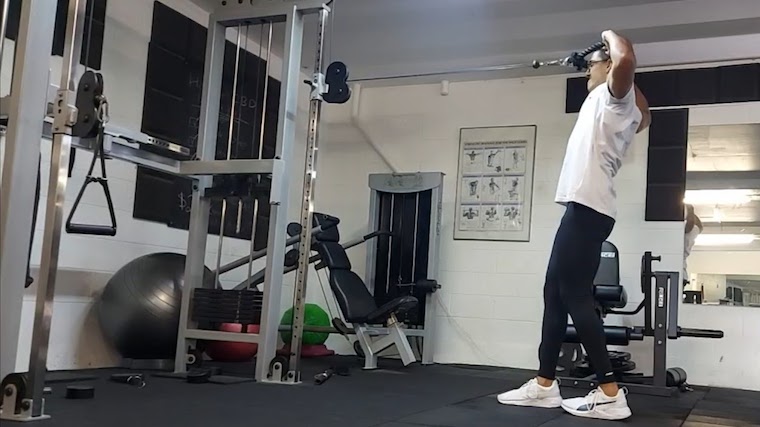
Pull the weight straight toward your face, at eye-level, by driving the dorsal (back) side of your hands and forearms back behind you. As you reach the top position, feel your shoulder blades naturally move down to your back pockets. Don’t let your shoulders shrug up. Do not overfocus on pulling with your shoulder blades or overexaggerate the motion, because other back muscles should be involved in the movement.
In the finished position, your fists should be beside your temples and your elbows should be level with your shoulders. You should look like a bodybuilder doing a “double biceps pose.” Focus on feeling your back and shoulders flexing, not your arms.
Form Tip: Do not let your trunk “tip backwards” as you pull. Your body should remain upright as you pull and reach the finished position. If you feel your glutes or lower back contracting significantly, you may be leaning too far backward.
Step 4 — Return to the Stretch

After a brief pause in the top position, control the weight as you straighten your arms and reach forward. Make sure to fully extend your arms and protract your shoulder blades toward the pulley. Keep your feet stationary and your upper body vertical.
Form Tip: Lower the weight at a slightly slower speed to keep control. Don’t allow the plates to slam onto the weight stack.
Face Pull Mistakes to Avoid
The face pull is often performed with some common errors which reduce its effectiveness. To keep tension on the target muscles and build strength and mobility, be sure to stay focused throughout each repetition.
Going Too Heavy
Trying to use too much load with a face pull will make it really hard to recruit the right muscles. Instead, it becomes a face pull/curl/body heave combo that misses a lot of the benefits of this exercise and adds unnecessary risk.
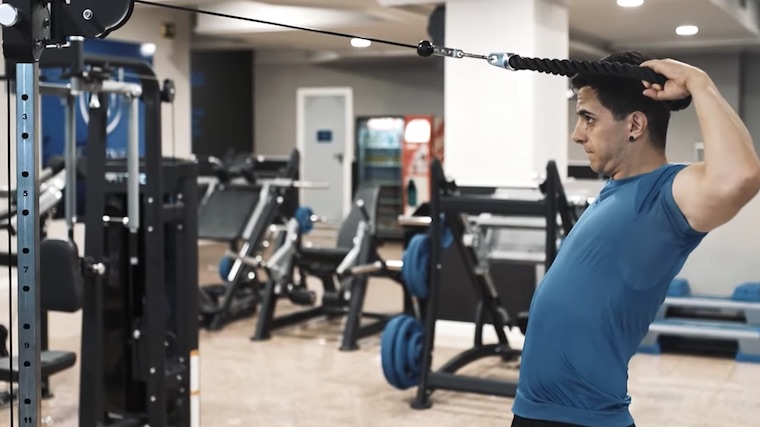
Turning the exercise into a momentum-based, full-body lift by swinging your torso only increases strain on your lower back and decreases tension on your relatively smaller upper back.
Avoid it: Don’t even think about using the full weight stack. Stick to a weight that’s challenging for at least 10 or more repetitions. That should allow you to target your back and shoulders without needing to swing your body or sacrifice technique to move the weight.
Pulling with Your Arms
Focusing only on the “face” part of “face pull” will usually result in doing a weird rope hammer curl to bring the handles toward your face. That will turn a very good upper back and shoulder exercise into a very awkward an inefficient biceps exercise.
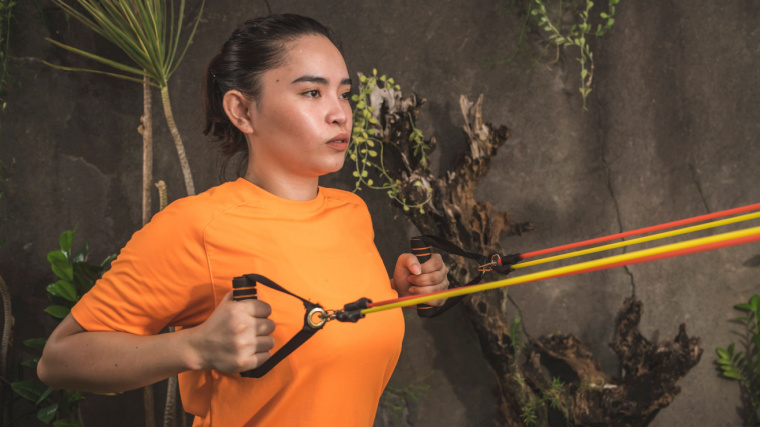
If your biceps are fatiguing and reaching muscular failure before your back or shoulder muscles, reduce the weight and re-evaluate your technique.
Avoid it: Focus on pulling with your back and shoulders instead of “curling” the weight toward you. In the top position, make sure the dorsum (backs) of your hands and forearms are facing away from you, not up toward the ceiling.
Too Much Body Movement
It’s sometimes tempting to cheat the face pull and reduce the range of motion by leaning your body back to start the movement and quickly leaning forward to “meet” the weight, rather than keeping your body still and staying relatively strict.
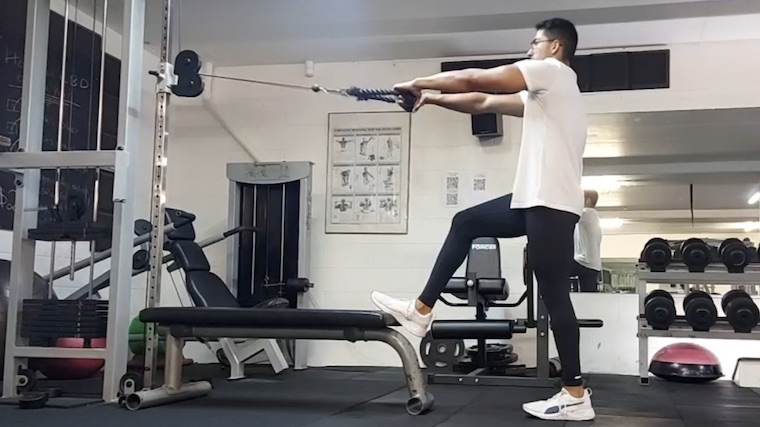
This issue often occurs when the load of the cable is too much for your spine extensors (lower back) to resist. When you can’t keep a stable core, it’s not uncommon to recruit more muscles to make the exercise easier.
Avoid it: Either decrease the load to reduce the challenge to your core stability, brace your foot on a stable bench or box, or sit with your chest against a vertical support (like an upright bench) to provide a more stable pulling position.
How to Progress the Face Pull
The face pull is essentially a “horizontal” movement, with the cable set around face-height, which provides a effective upper back and rear shoulder stimulus. Adjusting the pulley’s angle can create changes to muscle recruitment which may be beneficial to people looking to address specific muscle weaknesses.
Low Anchor Face Pull
Setting the pulley anywhere from stomach-level to knee-level will significantly change the pulling angle, which increases the work done by your upper traps, external rotators, and middle deltoid.
Low anchor face pulls are a terrific modification for lifters trying to build a “yoked” look — wide, thick shoulders and muscular traps.
High Anchor Face Pull
Anchoring the cable higher than eye-level increases the work done by your lower traps and can begin to recruit your lats because, and the pulley gets higher, the movement becomes more similar to a type of lat pulldown.
High anchor face pulls are fantastic for lifters and athletes who need to get better at “setting” their shoulders for better upper body stability during movements like the bench press or low bar squat.
Benefits of the Face Pull
While it may not carry the esteem of a deadlift or squat, the face pull has built a steadily growing reputation as a versatile and efficient addition to nearly any lifter’s training plan.
Overall Shoulder Health
When it comes to improving or maintaining overall shoulder health, one general movement pattern often receives a lot of attention — horizontal pulling. This comes from a belief that a rowing motion “reverses” the joint stress from horizontal pushing like the bench press and push-up, and therefore provides structural balance to the body.
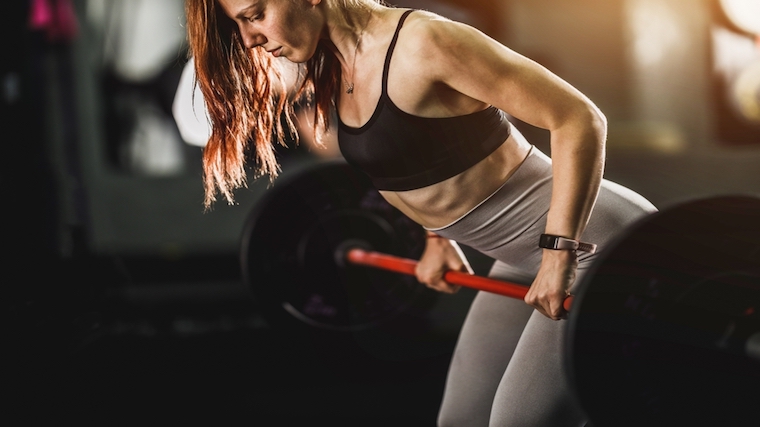
However, this overlooks the fact that the main muscles trained by horizontal pushes (the pecs) and horizontal pulls (the lats) both internally rotate the shoulder. Therefore, it is important that to regularly load shoulder external rotation in addition to horizontal pulling.
The face pull fits this requirement perfectly because your arms are externally rotated during the peak contraction of each rep. The movement should be included by anybody who regularly performs significant chest or shoulder pressing exercises in training.
Muscle Size
The face pull puts many muscles through a long time under tension, which is ideal for hypertrophy (muscle growth). (2) The trapezius, rhomboids, and deltoids (shoulders), especially the rear deltoid, are all key movers in the face pull.
These muscles are trained with constant tension from the cable, which helps to stimulate muscle growth. These muscles not only work together to help produce strength and stability, but they contribute to an aesthetic and athletic-looking physique.
Muscles Worked by the Face Pull
Face pulls will load and train your upper back and shoulders, which are comprised of several separate muscle groups sharing similar movements.
Trapezius
The trapezius, running along the majority of your upper and mid-back area, is a key player in shoulder blade movement.
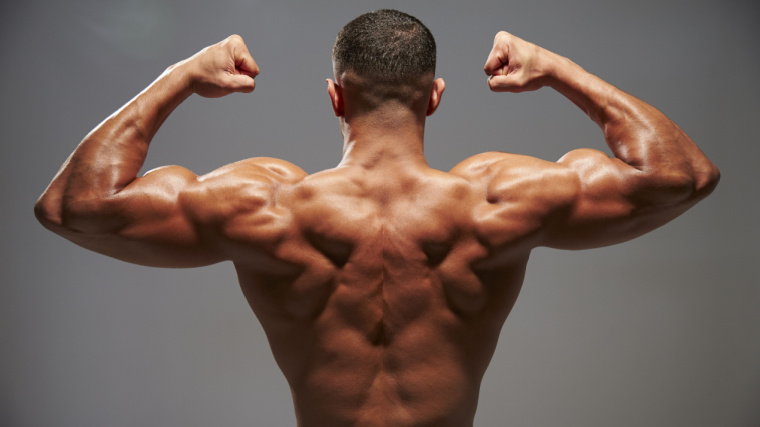
All “divisions” of the traps (upper, middle, and lower) are worked by the face pull, but emphasis can be shifted by changing the height of the pulley — a higher angle recruits more lower traps and a lower angle recruits the upper traps more strongly.
Shoulders
Your shoulders are comprised of three separate muscle heads — the front, rear, and middle. These are often trained with overhead presses or different raises or flyes, but the face pull particularly recruits the middle and rear heads of the delts. These sections of the muscle are responsible for manipulating your upper arm during the pulling portion of the face pull.
Rhomboids and Rotator Cuff
The rhomboid major, rhomboid minor, and posterior muscles of the rotator cuff (supraspinatus, infraspinatus, and teres minor) work together to keep the shoulder joint in a stable and powerful position. They are significantly recruited during the latter portion of the face pull, and your hands approach eye level.
Strengthening these muscles can be very useful to balance high amounts of pressing volume. They also contribute to maintaining the coveted and elusive “good posture” with your shoulders back and your chest up.
How to Program the Face Pull
Face pulls are best programmed like other relatively light, “pump”-type exercises (think lateral raises or dumbbell flyes), as opposed to big barbell exercises which are often more conducive to very heavy lifting (like deadlifts or barbell rows).
Light to Moderate Weight, Moderate to High Repetition
To keep the work focused on the target muscles without assistance from addition body parts, use a weight that allows at least 10-12 reps. when you start going heavier, other muscles begin contributing to move the weight and it can be tempting to use body English to start the movement.
Perform two to three sets of 10-15 reps at least once per week, ideally after a workout that included heavy pressing, to achieve a restorative-type effect from the face pulls. These also work fantastically as part of a low-intensity “extra workout” on a day off, or paired with your warm-up sets prior heavy pressing to ensure your shoulders and upper back are primed for optimal training.
Face Pull Variations
Whether you’re not able to stand while performing the face pull or if you don’t have access to a full cable stack, you can still benefit from similar movements. Try these alternatives.
Chest-Supported Face Pull
This variation is ideal for lifters who have trouble stabilizing themselves against the weight when standing. It’s also useful for lifters with pre-existing lower back problems who may want added support.
Because your upper body is braced against the pad, it also reduces your ability to “unintentionally” swing your body to initiate the lift, making it a much more strict movement.
Dumbbell Face Pull
This dumbbell-only option is ideal for lifters in home gyms who may not have access to a cable machine. By setting the angle and pulling appropriately, you can mimic the face pull movements and target the same back and shoulder muscles.
Don’t turn the exercise into a chest-supported dumbbell row. Keep you elbows in line with your shoulders and externally rotate your hands at the top instead of keeping your elbows close to your body. That’s an essential step for targeting the rotator cuff muscles.
FAQs
Technically, you don’t “need” to do any specific exercise. However, it is important to do some kind of direct external rotator strengthening each week to keep your shoulder joints and upper back healthy and performing well.
If you don’t want to do face pulls, you can replace them with some kind of direct external rotation exercise like a lying Y-raise or banded shoulder rotation.
Very steep angles significantly change the mechanics of the face pull and begin recruit different muscles in the back, so avoid angles greater than 30-degrees from the horizontal. Very high face pulls can still be useful exercise when you want a hybrid back, trap, and shoulder exercise.
When in doubt, experiment with several angles and find which feels the most comfortable for you. If you’re still not sure which cable angle you’ll benefit the most from, either use a standard horizontal cable or vary the angle every two to four weeks.
Build a Better Back and Shoulders
The face pull is the muscle-building, performance boosting staple exercise you didn’t know you needed. Make it a regular player in your weekly training and you should soon notice your upper body feeling stronger, moving more easily, and looking more muscular.
References
- Afonso, J., Ramirez-Campillo, R., Moscão, J., Rocha, T., Zacca, R., Martins, A., Milheiro, A. A., Ferreira, J., Sarmento, H., & Clemente, F. M. (2021). Strength Training versus Stretching for Improving Range of Motion: A Systematic Review and Meta-Analysis. Healthcare (Basel, Switzerland), 9(4), 427. https://doi.org/10.3390/healthcare9040427
- Burd, Nicholas & Andrews, Richard & West, Daniel & Little, Jonathan & Cochran, Andrew & Hector, Amy & Cashaback, Joshua & Gibala, Martin & Potvin, James & Baker, Steven & Phillips, Stuart. (2011). Muscle time under tension during resistance exercise stimulates differential muscle protein sub-fractional synthetic responses in men. The Journal of physiology. 590. 351-62. 10.1113/jphysiol.2011.221200.
Featured Image: Photo by Jason Aggarwal



